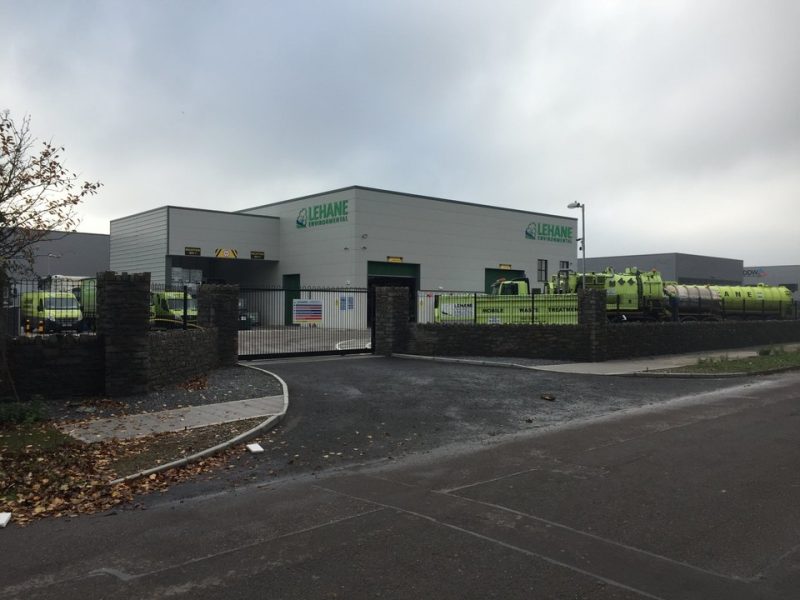Environmental liability is a priority for the EPA, because where there are failures the costs can run into tens of millions of euro, leaving the State to pick up the bill unless adequate financial provision is in place.
The point was made by Jim Moriarty, manager of the financial provision team in the EPA’s Office of Environmental Enforcement, when he addressed a large gathering of business representatives at an Ibec-organised event to discuss financial provision for environmental liability.
Mr Moriarty, who with his colleague Stephen McCarthy presented the EPA’s views and outlined the Agency’s experience, said: “We are here today to talk about how you make financial provision and outline what the EPA’s requirements are”.
Saying that the EPA published guidance in 2014 on assessing and costing environmental liabilities, Mr Moriarty said determining costs is a discrete and separate task from making financial provision. There are two types of costs:
Closure and restoration/aftercare costs
Costs associated with incidents.
Costings are, he said a technical job, which is why they put out guidance first. Speaking about insurance as a means of making financial provision, he posed the question: “Is the insurance good enough to do what we want it to do?”
Speaking about the Agency’s experience, Stephen McCarthy said the principles are that provision for environmental liability must be secure, sufficient and available when required. Those needing to provide financial provision have five options available:
Secured funds
On demand performance bonds
Parent company guarantees
Charges on property
Insurance.
New updated templates and forms have been developed for these instruments and are available on the EPA’s website.
FIGURES ON POTENTIAL CLOSURE AND INCIDENT COSTS
Mr McCarthy presented slides giving average estimates by sector for potential closing and incident costs. The estimates were agreed by the EPA with organisations making financial provision to inform the amount of financial provision required.
The average closure estimates per site were:
Landfill: €8.6m based on figures agreed with 17 sites;
Energy and fossil fuels: €7m agreed with 12 sites;
Chemical: €4m agreed with 31 sites;
Food and drink sector: about €1.6m agreed with 22 sites;
Hazardous waste transfer stations: €1m agreed with eight sites;
Other industry: €1m agreed with 23 sites;
Non-hazardous waste transfer stations: €302,000 agreed with 31 sites.
The average incident estimates per site were:
Hazardous waste: €3.3m agreed with seven sites;
Chemical: €2.4m agreed with 28 sites;
Landfill: €2.2m agreed with 17 sites;
Energy and fossil fuel: €1.9m agreed with eight sites;
Food and drink sector: €764,000 agreed with 21 sites;
Other industry: about €745,000 agreed with 23 sites;
Non-hazardous waste transfer: about €653,000 agreed with 27 sites.
So far, Mr McCarthy told the meeting, potential closing and incident estimates have been agreed at a total of €799m with 167 sites and financial provision to a total value of €417m has been put in place by 93 sites.
Speaking to HSR, Mr Moriarty explained there is a time lag between costings being agreed and financial provision being put in place. This gap is being closed at a rapid rate, as the slide presented at the meeting showed.
The breakdown of the provision of financial provisions made by licensees is: 54% by bonds; 22% by parent company guarantees; 14% by insurance; 7% by secured funds; and 3% by charges on property.
Lehane Environmental is a specialist provider of Emergency Incident Response Services to Industry including dealing with Spillages, Explosions, Fires, Flooding and Trauma. We also provide Site Decommissioning & Closure Services to include Tank & Pipe Decommissioning, Asbestos Removal, Site Remediation and Environmental Consultancy.










